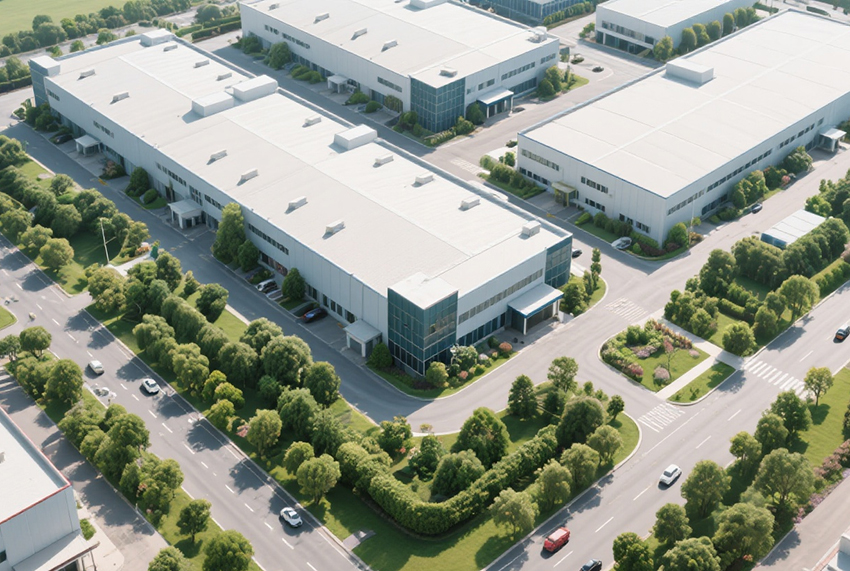Smart Factory Planning and Plant Layout for Future Manufacturing
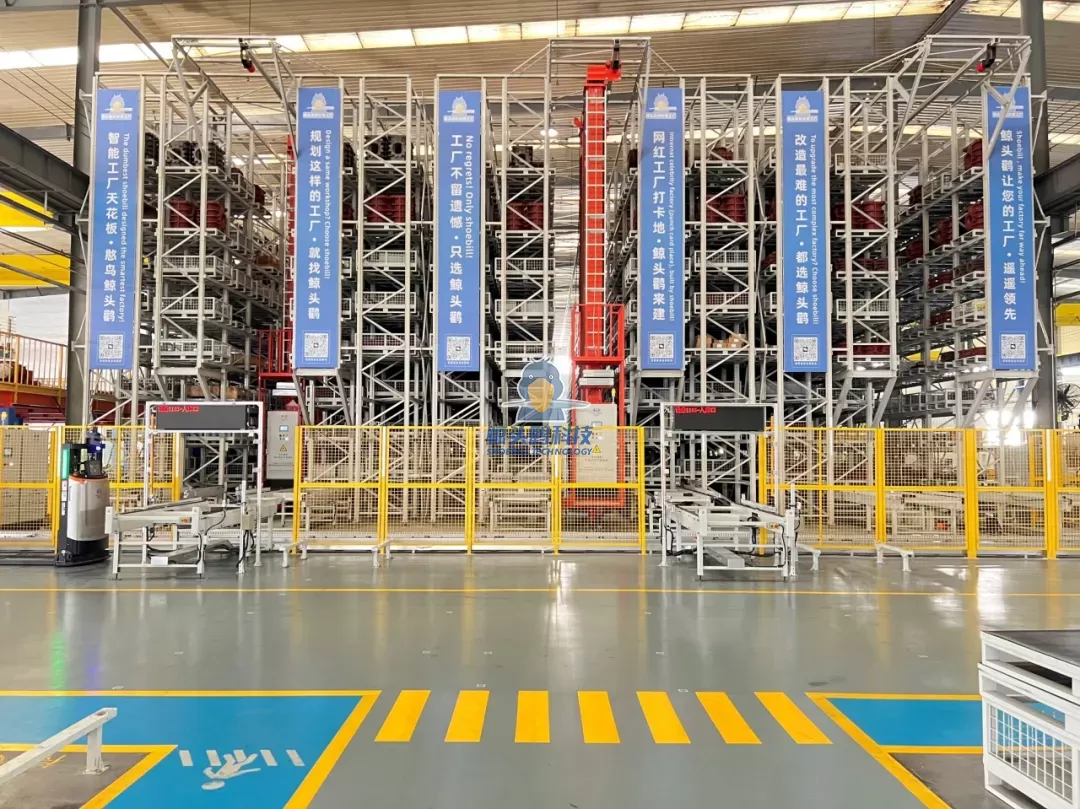
In today’s hyper-competitive manufacturing landscape, efficiency is no longer optional—it is a survival strategy. A scientific, well-designed smart factory planning and plant layout acts like a powerful engine for enterprises, driving higher production efficiency, reducing costs, and unlocking untapped potential. Yet, many companies fall into common traps during factory planning, wasting resources and missing opportunities for growth. Understanding the pitfalls and embracing modern solutions can make the difference between a stagnant facility and a thriving smart factory. In this blog post, Shoebill Technology, a professional modern factory building service exporter, will share the importance of factory planning and plant layout in manufacturing.
Hidden Costs of Poor Factory Layout Planning
Have you ever encountered these frustrating issues? A brand-new factory stands idle with machines underutilized, half-finished products pile up across production lines, and workers walk long, inefficient routes for material handling—exhausted but still unable to achieve productivity targets.
These inefficiencies are often rooted in factory planning and plant layout mistakes. Traditional planning methods tend to prioritize equipment installation and tooling arrangement before considering workflow or process balance. This leads to excessively long material flow distances, unbalanced operations, and bottlenecks that choke productivity.
Research indicates that over 90% of new manufacturing facilities suffer from some level of waste after commissioning. In many cases, new sites are mere replicas of old plants, transplanted into new spaces without solving underlying inefficiencies. Beyond inefficiency, poorly lit, crowded, and uninspiring factory environments quietly erode worker morale, further limiting productivity.

Lean Layout Strategies: Making Every Inch Count
To escape these productivity traps, manufacturers must adopt lean plant layout principles. Lean design is not simply about moving machines closer together; it integrates people, equipment, materials, methods, and environment into a cohesive, waste-free ecosystem.
When applied correctly, lean factory layouts deliver measurable, transformative outcomes:
-
Production cycle times cut by 30% or more, enabling rapid response to customer orders.
-
Inventory levels reduced by around 40%, freeing up capital once locked in storage.
-
Equipment utilization increased by 25%, ensuring every machine contributes maximum value.
Take, for example, an electronics manufacturer struggling with a cluttered workshop and excessive material transport. By adopting a lean-oriented factory planning and layout design, the company reorganized its production lines, streamlined workflows, and reduced unnecessary handling. The result? Workers reported smoother operations, productivity climbed, and overall profitability improved significantly.
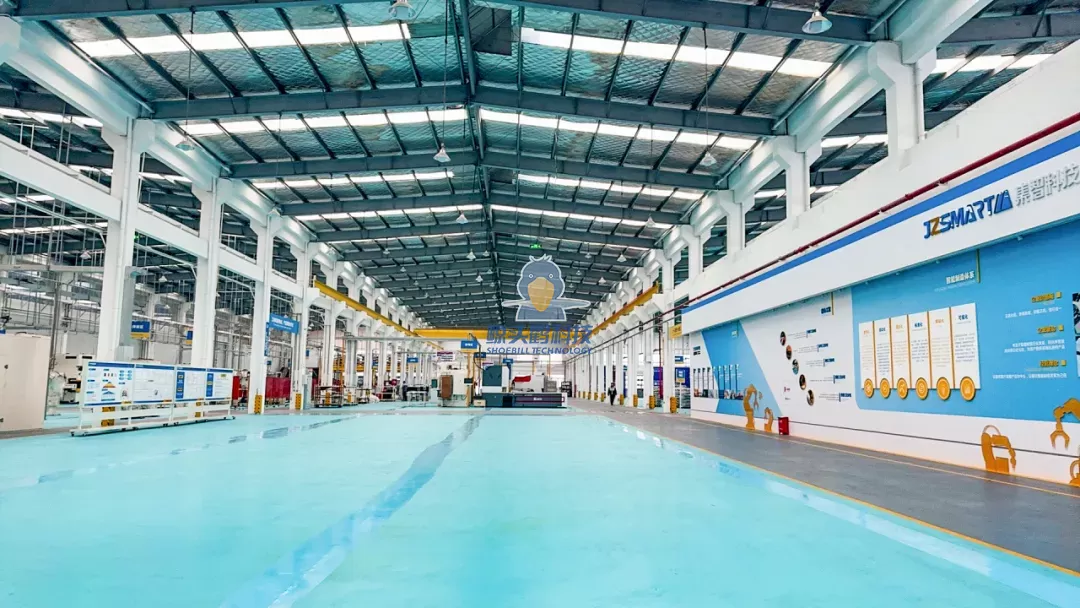
Integrating Smart Factory Planning With Digital Tools
While lean principles are critical, the modern era of Industry 4.0 demands a more advanced approach: smart factory planning and plant layout design powered by digitalization.
Today’s intelligent factories rely on digital twins, advanced simulations, and data-driven planning tools. These technologies allow manufacturers to model factory operations, predict bottlenecks, and test different layout configurations virtually—before a single machine is installed. By governing data effectively and deploying system modeling, companies can ensure that every square meter of their facility is optimized for efficiency and flexibility.
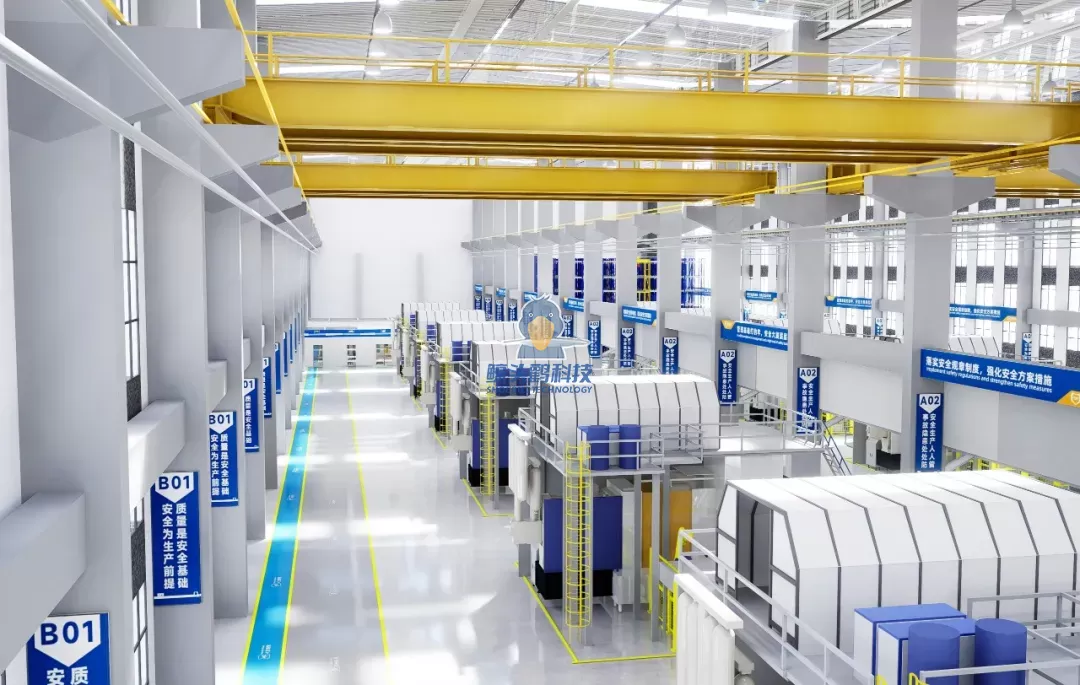
Role of Automation in Plant Layout Optimization
Smart factory planning is inseparable from automation. By embedding automation technologies into layout design, manufacturers can achieve greater precision, speed, and scalability. Automated guided vehicles (AGVs), robotic arms, and intelligent conveyor systems must be strategically positioned to minimize transportation time and enhance synchronization across production stages.
Moreover, automated plant layout planning ensures smooth integration of human-machine collaboration. For example, cobots (collaborative robots) are increasingly used in assembly lines, and their placement within layouts must account for ergonomics, safety, and workflow continuity. The ultimate goal is a harmonious blend where automation augments human productivity rather than disrupts it.
Sustainable Plant Layout: Efficiency Meets Responsibility
A forward-thinking smart factory layout plan does more than boost efficiency—it also supports sustainability goals. Modern layouts integrate energy-efficient equipment placement, optimize lighting and ventilation systems, and reduce unnecessary energy consumption from excessive material movement.
Sustainable layout planning also considers waste management zones, recycling areas, and safe material storage to minimize environmental risks. As governments and consumers demand greener operations, sustainable factory design not only reduces costs but also strengthens brand reputation.
Human-Centric Smart Factory Planning
While technology and efficiency dominate most discussions, human factors should not be overlooked in plant layout planning. Employee well-being, safety, and comfort directly affect productivity. A smart layout considers ergonomic workstation design, clear movement pathways, and sufficient natural lighting. By reducing worker fatigue and improving accessibility, manufacturers can build resilient, motivated teams.
Furthermore, an inspiring workplace culture—supported by thoughtful planning—boosts morale, reduces turnover, and fosters innovation. In essence, human-centered plant layouts align workforce satisfaction with operational performance.
Smart Factory Layout for Scalability and Flexibility
The future of manufacturing is unpredictable. Market demand fluctuates rapidly, new technologies emerge constantly, and global supply chains face frequent disruptions. A rigid, inflexible layout can quickly become obsolete. That’s why modern smart factory planning emphasizes scalability and adaptability.
Modular production cells, reconfigurable layouts, and flexible material handling systems ensure that factories can adapt to new products, process changes, or sudden demand surges without major redesigns. This agility gives manufacturers a decisive competitive advantage in volatile markets.
Case Example: Transforming with Smart Factory Planning
Consider a mid-sized automotive parts manufacturer facing declining efficiency. Their traditional layout led to material congestion, low machine utilization, and frequent delays. By adopting a smart plant layout strategy, the company used digital simulation to test different configurations, introduced AGVs for internal logistics, and restructured production cells around lean workflows.
Within one year, the results were remarkable: production cycle times dropped by 35%, on-time delivery improved by 40%, and employee satisfaction increased significantly. The transformation highlighted how strategic factory planning can turn operational challenges into growth opportunities.
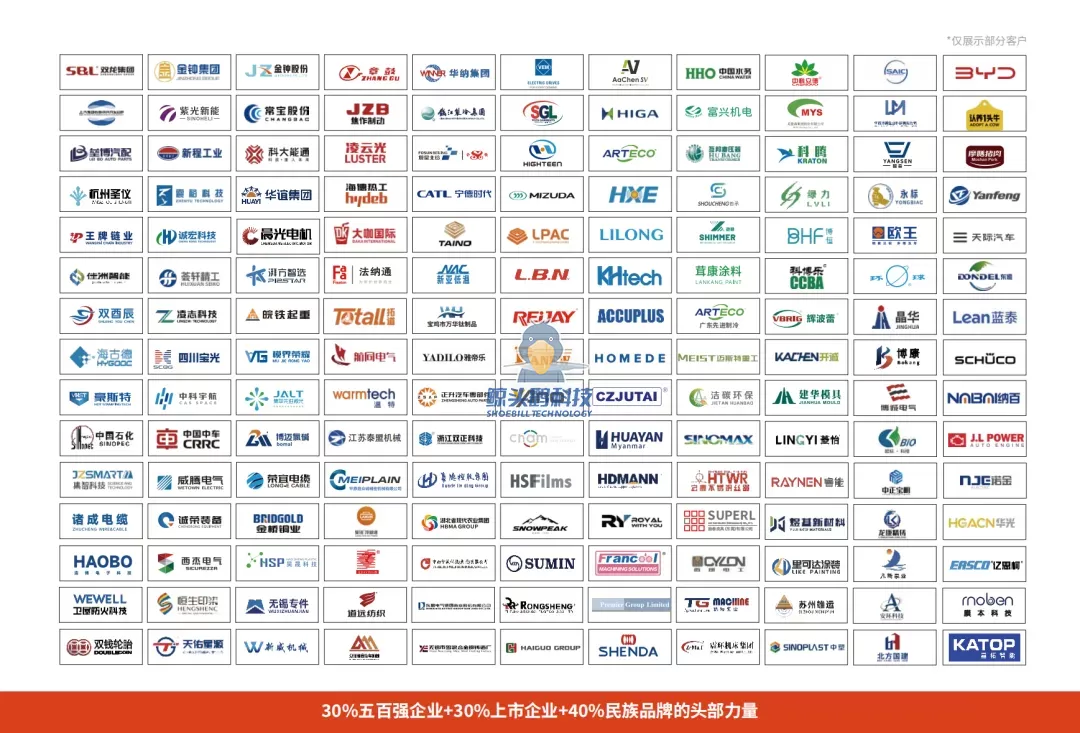
Conclusion
Smart factory planning and plant layout is no longer a back-office consideration—it is a strategic lever for competitiveness. Poorly designed layouts create hidden costs, inefficiencies, and employee dissatisfaction. Conversely, lean-oriented, digitally enabled, and human-centered layouts unleash efficiency, agility, and long-term sustainability.
In an era defined by smart manufacturing, the question for companies is not whether they can afford to invest in intelligent factory planning, but whether they can afford not to. By treating layout design as a strategic priority, manufacturers can achieve breakthrough productivity, optimized resource use, and sustainable growth.
https://www.shoebilltech.com/blogs/smart-factory-planning-and-plant-layout.html
Shoebill Technology
